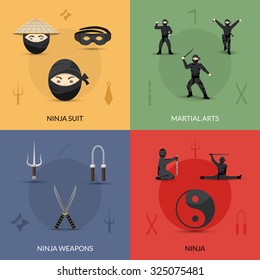Demystifying The Different Martial Arts Designs: From Karate To Taekwondo
Demystifying The Different Martial Arts Designs: From Karate To Taekwondo
Blog Article
https://patch.com/new-york/newrochelle/capoeira-martial-arts-kids-comes-new-rochelle-public-library -Osman Weiner
Are you tired of sensation overwhelmed by the huge globe of martial arts? With many styles to choose from, it can be very easy to get shed in a sea of strikes, kicks, and mysterious names. Yet concern not!
what is the best martial art for kids will certainly debunk the different martial arts designs, taking you on a trip from the powerful strikes of Karate to the dynamic kicks of Taekwondo. Get ready to reveal the beginnings, strategies, and philosophies behind these ancient art types.
So, tighten your belt and prepare to embark on an enlightening exploration right into the fascinating world of fighting styles.
Origins of Martial Arts Styles
The origins of fighting styles designs can be mapped back to old human beings and their need for self-defense and fight techniques. Throughout https://milonyiry.blogitright.com/32584063/discovering-the-spiritual-aspect-of-martial-arts-achieving-inner-consistency , various cultures created their very own special methods of fighting, each with its own set of techniques and ideologies.
In China, for instance, fighting styles designs such as Kung Fu and Tai Chi were established as a means of protection and boosting physical and mental well-being.
In Japan, the samurai warriors produced designs like Karate and Judo, focusing on technique, precision, and proficiency of the body.
Likewise, in Korea, Taekwondo emerged as a martial art highlighting high kicks, fast activities, and psychological fortitude.
These early people laid the structure for the diverse selection of martial arts styles that exist today, each with its very own rich background and social relevance.
Techniques and Educating Techniques
To understand fighting styles designs, practitioners must discover numerous methods and training methods.
Techniques are the certain motions and actions utilized in combat, such as punches, kicks, throws, and obstructs. Different fighting styles designs have their own unique set of techniques that specialists must grasp with strenuous training.
Educating techniques vary depending on the style, yet they normally involve a combination of physical fitness, drills, competing, and forms.
Physical fitness is crucial to develop toughness, flexibility, and endurance. Drills help professionals refine their methods and improve their speed and precision.
Sparring allows practitioners to exercise their methods in a managed, realistic setting. Forms, likewise referred to as kata, are ironclad series of motions that assist practitioners develop muscle memory and emphasis.
Viewpoints and Principles
Checking out the approaches and concepts of martial arts designs can offer you with a much deeper understanding of your chosen technique. Each martial art has its own special ideology and collection of directing principles that form the means it's practiced.
For example, Martial arts highlights technique, regard, and self-control. It educates experts to focus their body and minds, enabling them to defend themselves while keeping a sense of internal tranquility.
On the other hand, Taekwondo positions a solid emphasis on speed, dexterity, and versatility. Its concepts are rooted in the tenets of politeness, honesty, determination, self-control, and unbeatable spirit.
family martial arts near me that you have actually explored the origins, strategies, and ideologies of different fighting styles designs, you have a deeper understanding of these old disciplines.
Imagine a young karate pupil, exercising with steadfast determination and focus, breaking through boards with a powerful strike.
Their journey showcases the commitment and stamina required to understand a martial art, reminding us that with technique and willpower, anything is possible.
